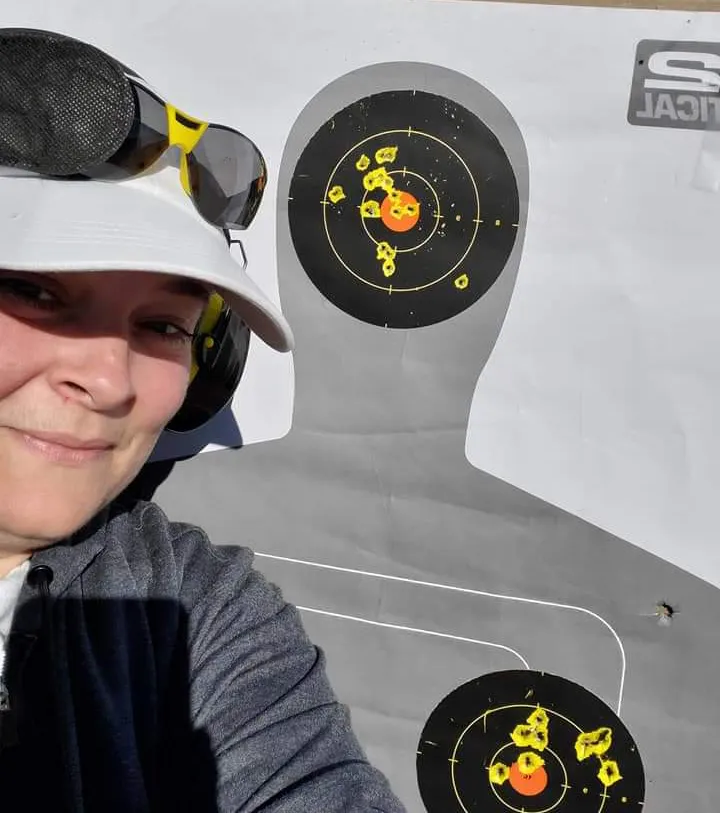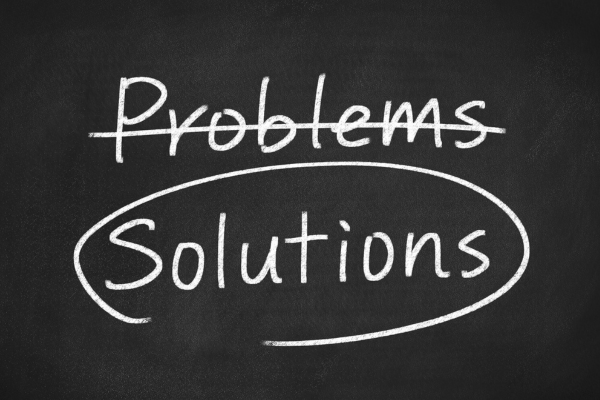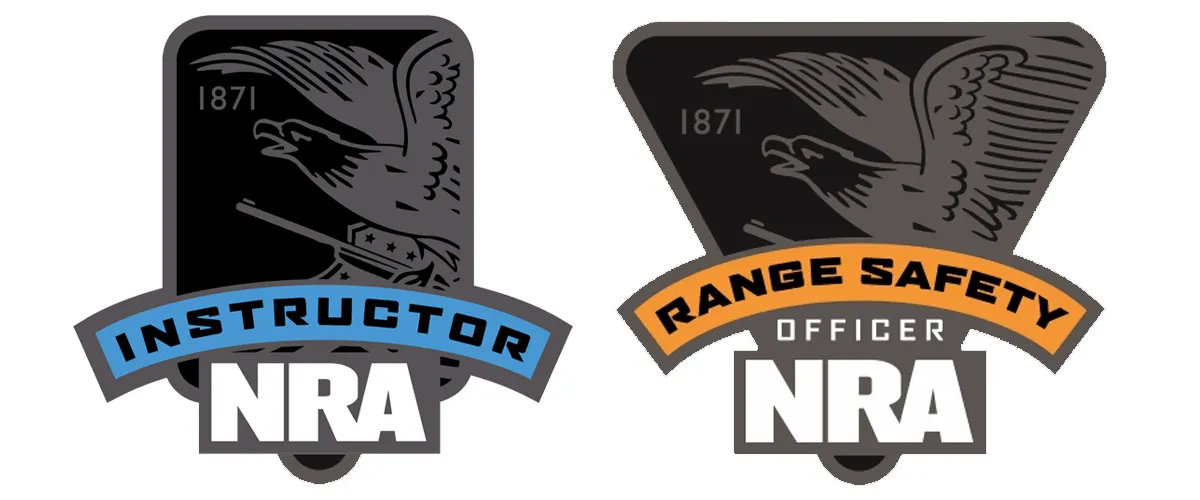
FIREARMS TRAINING
WITH YOUR PEACE IN MIND
WELCOME TO
ETA-FIREARMS
EMPOWER TRAINING ACADEMY
FIREARMS TRAINING WITH YOU IN MIND!
FIREARMS SAFETY & INSTRUCTION COURSES

ETA Firearms is your go-to choice for gun safety classes in Arizona. We also educate for concealed weapon permits, tactical training and more.
Firearms safety courses teach important safety practices and procedures to help prevent accidents and injuries when handling firearms. Being knowledgeable and trained in safe handling techniques can help reduce the risk of accidental discharges and injuries to yourself and others.
NRA CERTIFIED INSTRUCTORS
USCCA CERTIFIED INSTRUCTORS
WOMEN INSPIRED COURSES
ACTIVE SHOOTER TRAINING
FIRST AID COURSES
CONCEALED CARRY WEAPONS
REAL ESTATE AGENT SAFETY
LED CLASSES
It's not only about the novelty of shooting or owning a "gun". It's about our obligation to protect and freely exercise our 2nd Amendment right. We offer a variety of courses created by licensed instructors that teach respect, safety, responsibility and the legal requirements necessary to own and possess a personal firearm in Arizona.



OUR TRAINING COURSES & CLASSES
Taking a firearms safety course is an important step in being a responsible firearms owner and protecting your assets, yourself, and others. It can help you develop the knowledge, skills, and mindset necessary to safely and confidently handle firearms in a variety of situations.
NEW GUN OWNER TRAINING PROGRAM
1:1 & GROUP TRAINING AVAILABLE
SPECIALTY CLASSES & COMBO COURSES
WOMEN ONLY COURSES
CUSTOM CREATED COURSES & GROUPS
Schedule a free consultation here:
Stay Informed Through our Blog

Customizing Security Solutions: Tailoring Measures to Fit the Unique Needs of Different Worship Centers and Businesses

1. Assessing Unique Needs and Risks
Conduct Risk Assessments:
- Identify Threats: Evaluate specific threats such as vandalism, theft, or violence that might affect the worship center or business. Consider factors like location, size, and the nature of activities conducted.
- Evaluate Vulnerabilities: Identify vulnerabilities, such as poorly lit areas, unsecured access points, or high-value assets, that could be targeted.
Consult Stakeholders:
- Engage Leaders: For worship centers, consult religious leaders and congregants to understand their security concerns and priorities. For businesses, involve key personnel, such as management, security staff, and employees.
- Gather Input: Collect feedback on security needs and preferences from those who use or manage the space regularly.
2. Designing Physical Security Measures
Worship Centers:
- Access Control: Implement access control systems for sensitive areas like administrative offices or storage rooms. Use secure entry methods, such as keycards or biometric systems, for authorized personnel.
- Surveillance: Place CCTV cameras in strategic locations, including entrances, parking lots, and common areas. Ensure that cameras are unobtrusive and do not intrude on the worship experience.
- Emergency Preparedness: Develop and communicate emergency plans, including evacuation routes and safety protocols. Conduct regular drills to ensure everyone is familiar with procedures.
Businesses:
- Employee Access: Use access control systems to manage employee access to different areas based on their roles. This helps protect sensitive information and assets.
- Perimeter Security: Enhance perimeter security with fencing, barriers, and secure gates. Install security lighting to deter unauthorized access.
- Alarm Systems: Integrate alarm systems with monitoring services to quickly respond to breaches or emergencies.
3. Integrating Technology
Worship Centers:
- Visitor Management: Implement visitor management systems to track who enters the premises and for what purpose. Use check-in systems to manage visitor flow and access.
- Communication Systems: Utilize communication systems for emergency alerts and announcements, ensuring that all congregants and staff are informed in case of a security issue.
Businesses:
- Integrated Systems: Use integrated security solutions that combine surveillance, access control, and alarm systems into a single platform for easier management and monitoring.
- Data Security: Protect business data with cybersecurity measures, including firewalls, encryption, and secure access protocols.
4. Balancing Security and Environment
Worship Centers:
- Minimize Intrusiveness: Design security measures that respect the worship environment. Ensure that surveillance and access control systems do not disrupt services or create a feeling of intrusion.
- Maintain Atmosphere: Use discreet security measures that do not detract from the spiritual or communal experience. For example, place cameras in a way that is not obtrusive.
Businesses:
- Operational Efficiency: Design security systems that support business operations without causing disruptions. For example, ensure that security measures do not impede workflow or customer interactions.
- Customer Experience: Balance security with customer experience by integrating measures that enhance safety while maintaining a welcoming atmosphere.
5. Training and Engagement
Worship Centers:
- Volunteer Training: Train volunteers and staff on security protocols, including how to handle emergencies and manage visitor access. Ensure they are comfortable with security systems and procedures.
- Community Involvement: Engage the congregation in security awareness and encourage them to report any suspicious behavior or concerns.
Businesses:
- Employee Training: Provide regular security training for employees, covering topics such as emergency response, handling suspicious activities, and using security systems.
- Security Awareness: Foster a culture of security awareness where employees are encouraged to be vigilant and proactive in maintaining a secure environment.
6. Monitoring and Evaluation
Regular Reviews:
- Assess Effectiveness: Regularly review the effectiveness of security measures and make adjustments based on feedback and changing conditions. Conduct periodic risk assessments to identify new threats or vulnerabilities.
- Update Systems: Keep security systems and protocols up-to-date with the latest technology and best practices. Address any issues promptly to maintain a secure environment.
Feedback Mechanisms:
- Solicit Input: Continuously gather feedback from worshippers, employees, and other stakeholders on the security measures and make improvements as needed.
- Adjust Strategies: Be flexible and willing to adjust security strategies based on evolving needs and circumstances.
In summary, customizing security solutions involves understanding the specific needs and risks of each worship center or business, designing appropriate physical and technological measures, balancing security with the environment, and ensuring ongoing training and evaluation. By tailoring security solutions to fit unique contexts, you can enhance safety and create a secure environment that meets the needs of all stakeholders.
Monday through Sunday
By appointment only
Copyright © 2024 E.T.A. FIREARMS | All Rights Reserved





